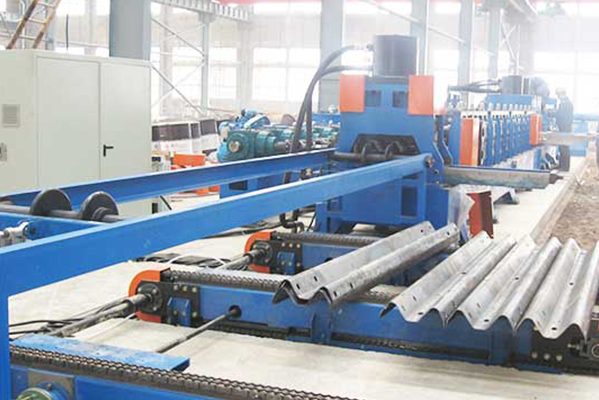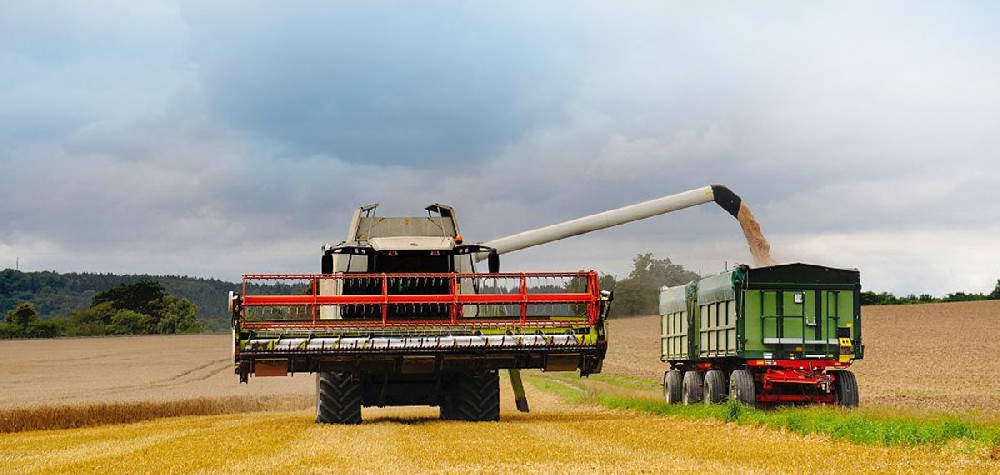Navigation Menu
Contact Us
- Email:
- info@wxavatar.com
- Address:
- Yurong Village, Yuqi Street, Huishan District, Wuxi, China.
Release Date:May 27, 2025 Visit:46 Source:Roll Forming Machine Factory
Choosing the right guardrail roll forming machine is essential for ensuring efficiency, durability, and cost-effectiveness in production. Several factors influence this decision, and understanding them can help manufacturers make an informed choice. Below are the key considerations when selecting a guardrail roll forming machine.

1. Production Capacity and Speed
The machine’s production capacity should align with your project requirements. Consider:
Output speed – Measured in meters or feet per minute, this determines how quickly the machine can produce guardrails.
Automation level – Higher automation reduces manual labor and increases consistency.
Continuous operation capability – Machines with minimal downtime improve productivity.
2. Material Compatibility
Guardrails are made from various materials, including steel, aluminum, and galvanized steel. Ensure the machine supports:
Material thickness – The machine should handle the required gauge without compromising quality.
Coil width – The maximum and minimum coil widths must match your material specifications.
3. Machine Durability and Construction
A robust machine ensures long-term performance. Key aspects include:
Frame strength – Heavy-duty frames reduce vibrations and enhance stability.
Roller material – High-quality alloy rollers resist wear and prolong service life.
Corrosion resistance – Machines with protective coatings last longer in harsh environments.
4. Precision and Customization Options
Guardrail specifications vary, so the machine should offer:
Adjustable tooling – Allows for different guardrail profiles and dimensions.
Consistent forming accuracy – Ensures uniformity in each produced guardrail.
Ease of tool changes – Quick adjustments minimize downtime between production runs.
5. Ease of Maintenance and Support
A well-designed machine reduces operational disruptions. Consider:
Accessibility of components – Easy-to-reach parts simplify maintenance.
Availability of spare parts – Ensure replacement parts are readily accessible.
Technical support – Reliable after-sales service helps resolve issues quickly.
6. Cost and Return on Investment (ROI)
While budget is important, focus on long-term value:
Initial cost vs. operational efficiency – A higher upfront cost may lead to lower long-term expenses.
Energy consumption – Machines with optimized power usage reduce operational costs.
Production waste reduction – Precision machines minimize material waste.
7. Compliance with Industry Standards
The machine should meet relevant safety and quality standards, ensuring the produced guardrails comply with regulatory requirements.

Conclusion
Selecting the right guardrail roll forming machine requires careful evaluation of production needs, material compatibility, machine durability, precision, maintenance, cost, and compliance. By considering these factors, manufacturers can invest in a machine that enhances productivity and delivers consistent, high-quality guardrails.
For businesses looking to optimize their guardrail production, choosing a reliable and efficient roll forming machine is a crucial step toward long-term success.